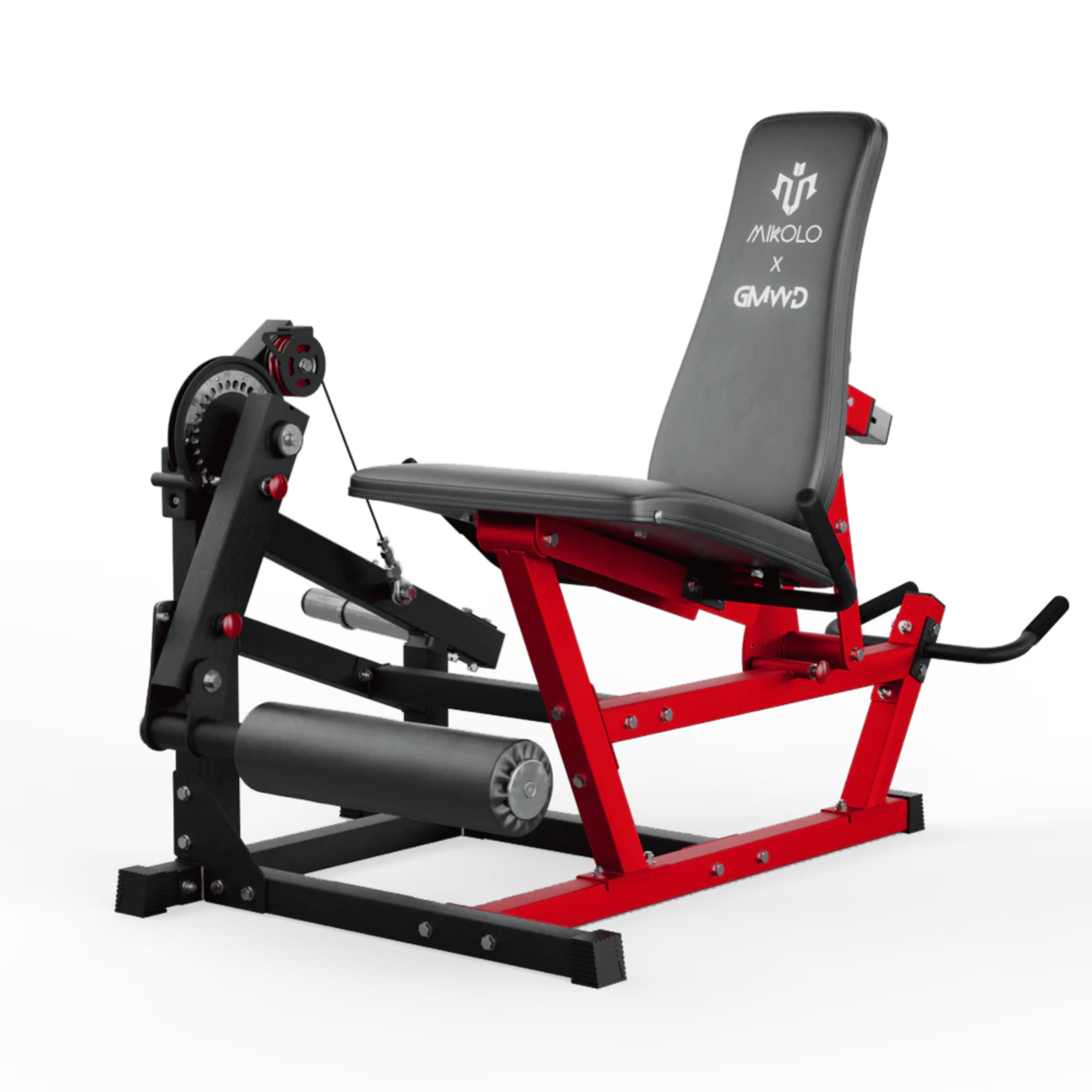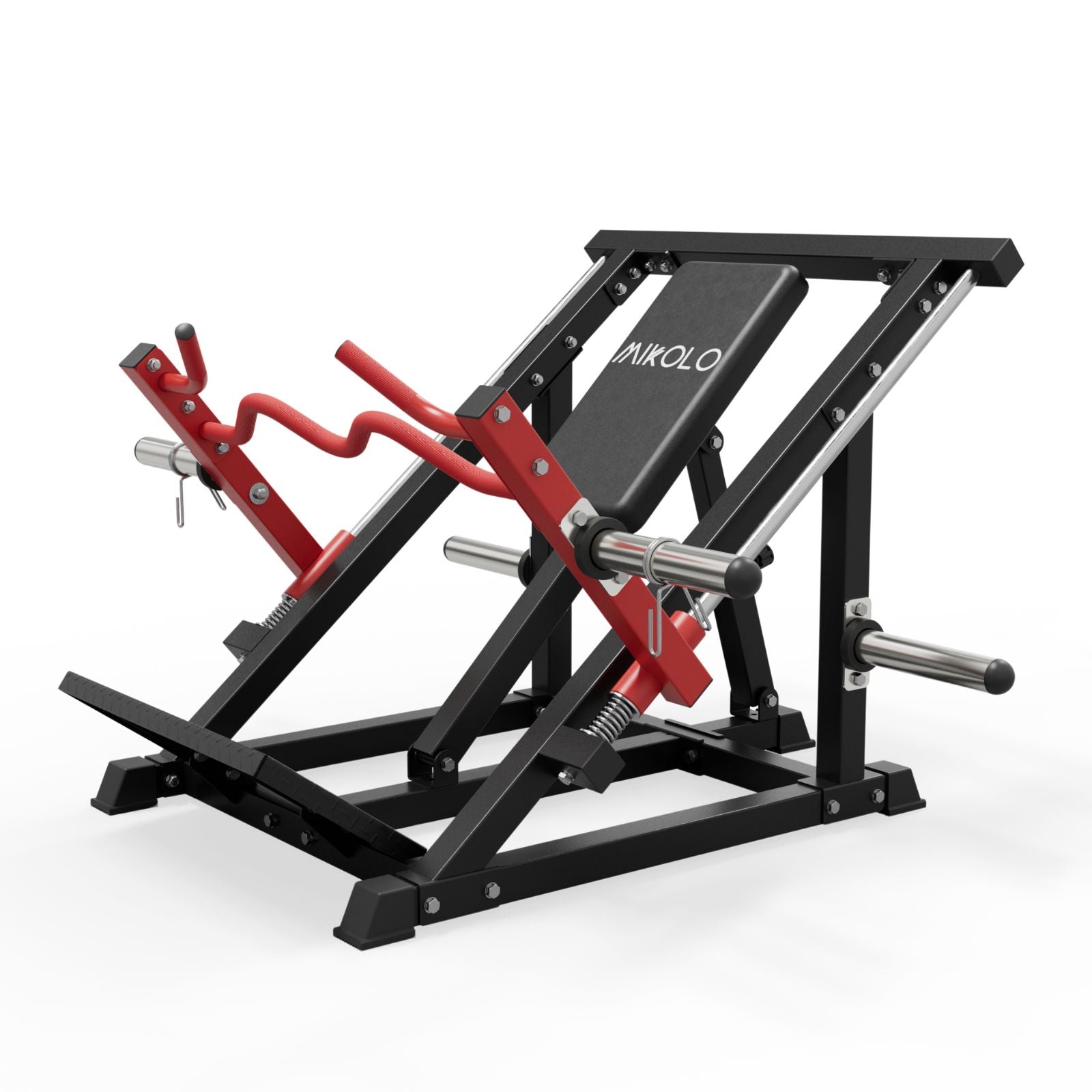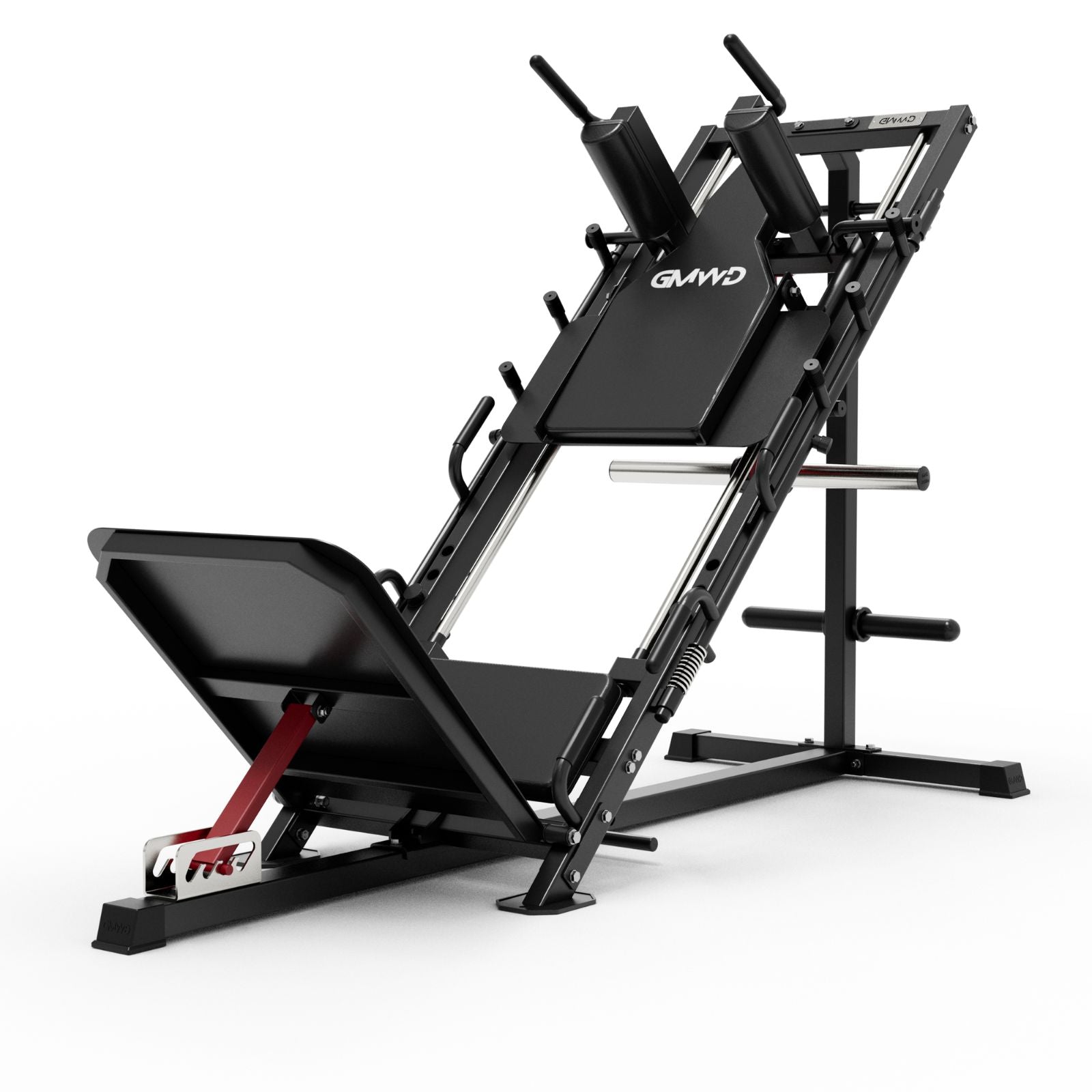When it comes to effective fitness training, understanding how the body works is just as important as how hard you train. Knowing what muscles you're working helps prevent injury, promotes balanced development, and ensures you're not leaving any key areas behind. In this article, we'll walk through the 7 major muscle groups, explain their function, and discuss how to train them effectively — especially focusing on the major muscle group of the upper body.
What Are the 7 Major Muscle Groups?
While the body has over 600 individual muscles, most fitness programs focus on seven primary groups that can be trained effectively with structured workouts. These include:
-
Chest (Pectorals)
-
Back (Latissimus Dorsi, Trapezius, Rhomboids)
-
Shoulders (Deltoids)
-
Arms (Biceps and Triceps)
-
Abdominals (Rectus Abdominis, Obliques)
-
Legs (Quadriceps, Hamstrings, Glutes, Calves)
-
Forearms (Flexors and Extensors)
The Major Muscle Group of the Upper Body
If we had to identify the major muscle group of the upper body — it would be the back. The back contains multiple large muscles, such as the latissimus dorsi (which gives the "V-taper" look), trapezius, and rhomboids, all of which are essential for posture, pulling strength, and overall upper-body symmetry.
Training the back involves compound movements like pull-ups, deadlifts, and rows — exercises that also engage the arms and core.
Major vs. Minor Muscle Groups
-
Major muscle groups include large muscle systems like the chest, back, and legs.
-
Minor muscle groups are smaller but no less important — such as calves, biceps, triceps, and forearms.
Balancing training between major and minor muscle groups prevents muscular imbalances. For example, someone focusing only on chest but neglecting back and shoulders may suffer from postural issues or shoulder pain over time.
How Many Muscle Groups Are There in the Human Body?
From a functional training perspective, we often refer to 13 muscle groups when designing full-body programs — including subsets of the main seven mentioned earlier. This can look like:
-
Upper Chest / Lower Chest
-
Upper / Middle / Lower Back
-
Quads / Hamstrings / Glutes
-
Biceps / Triceps
-
Abdominals / Obliques
This level of detail becomes more important as your training becomes more advanced.
Training Across Ages: From 20s to 70s
-
In your 20s, the goal is often to build a foundation — develop all major muscles with full-body compound lifts.
-
By your 30s, smart progression and focus on muscle symmetry become important.
-
At 40 and beyond, joint-friendly movements, mobility, and injury prevention are key.
-
Even in your 70s, training should continue — emphasizing functional strength, balance, and preserving muscle mass to prevent falls and maintain independence.
Personal Insight: The One Lesson I Learned Late
When I hit my mid-30s, I noticed I was losing performance in compound lifts despite training hard. The culprit? Neglecting smaller stabilizing muscles, especially the rotator cuff and core. Once I started integrating specific exercises for these "supporting" muscle groups, not only did I regain strength, but nagging shoulder aches disappeared. That experience taught me that focusing only on "show" muscles — like chest and arms — without supporting the full kinetic chain is a short-term strategy.
Fitness Muscle Names to Know
Whether you're new to training or revisiting the basics, here are some major muscle groups and their scientific names:
| Common Name | Muscle Name |
|---|---|
| Chest | Pectoralis Major |
| Back | Latissimus Dorsi |
| Shoulders | Deltoids |
| Abs | Rectus Abdominis |
| Sides | External Obliques |
| Arms | Biceps/Triceps |
| Legs | Quadriceps/Hamstrings |
| Calves | Gastrocnemius/Soleus |
Knowing these names helps when reading programs or following professional advice.
Final Thoughts
No matter where you're starting from — age 20 or age 70 — training all major muscle groups builds a healthier, more capable body. Strength doesn’t just come from lifting heavier; it comes from knowing how and what to train. A balanced program that respects both the primary movers and supporting muscles is the real key to lifelong fitness.










































Leave a comment
This site is protected by hCaptcha and the hCaptcha Privacy Policy and Terms of Service apply.